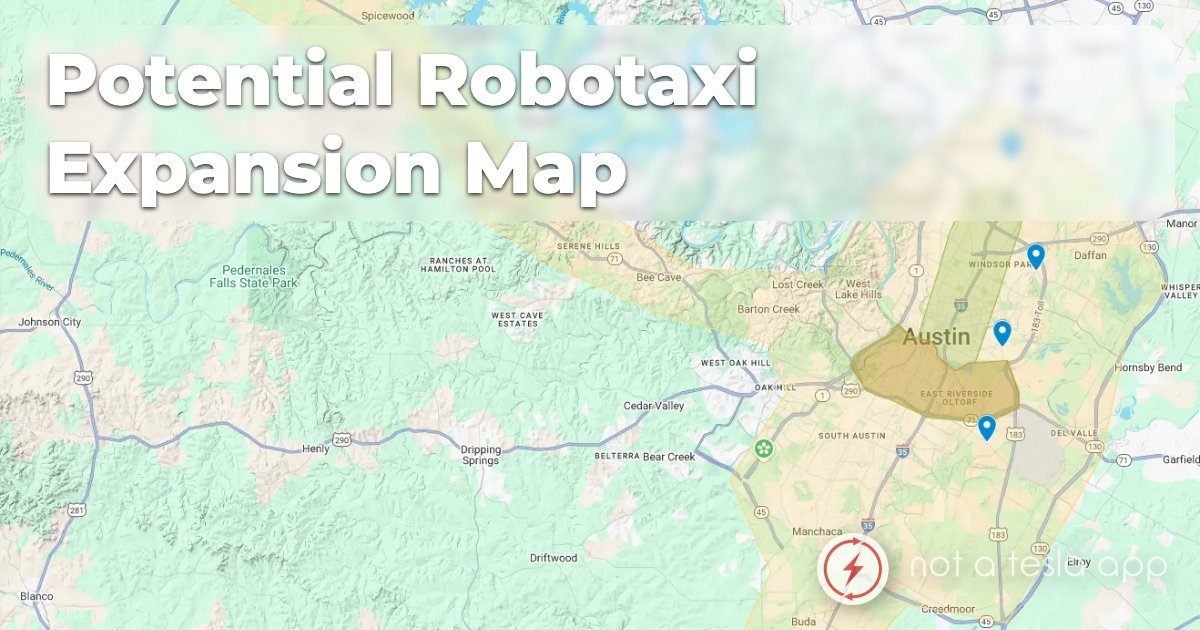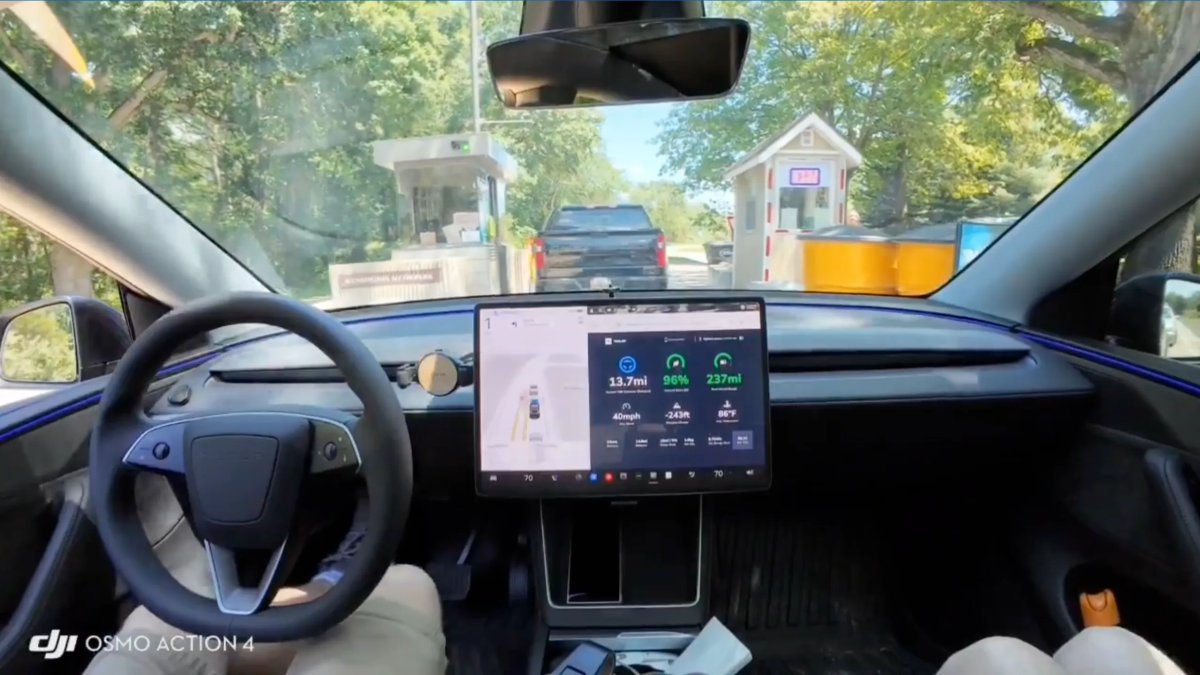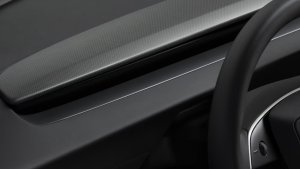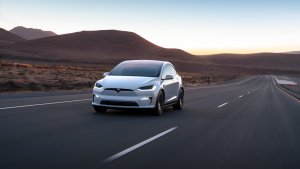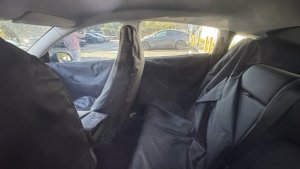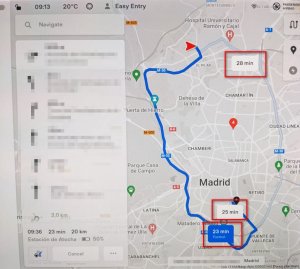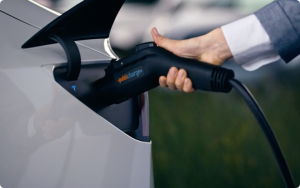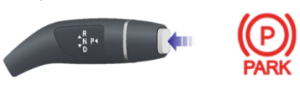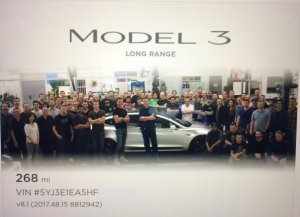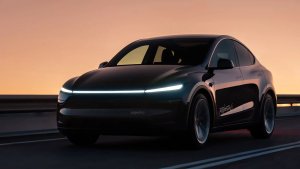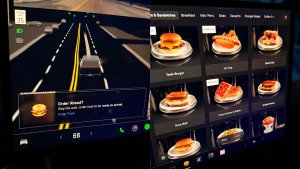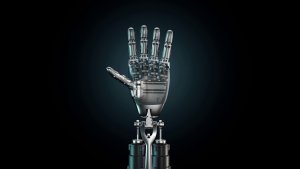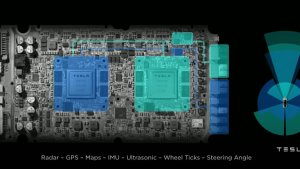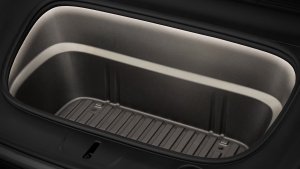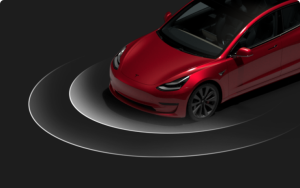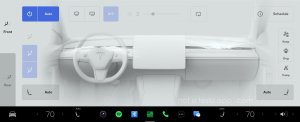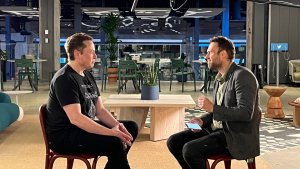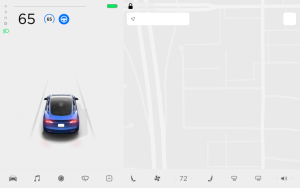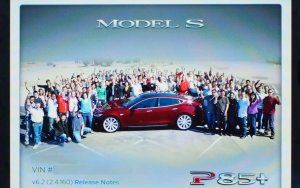Musk Shares Tesla FSD Roadmap: What's in the Next FSD Update
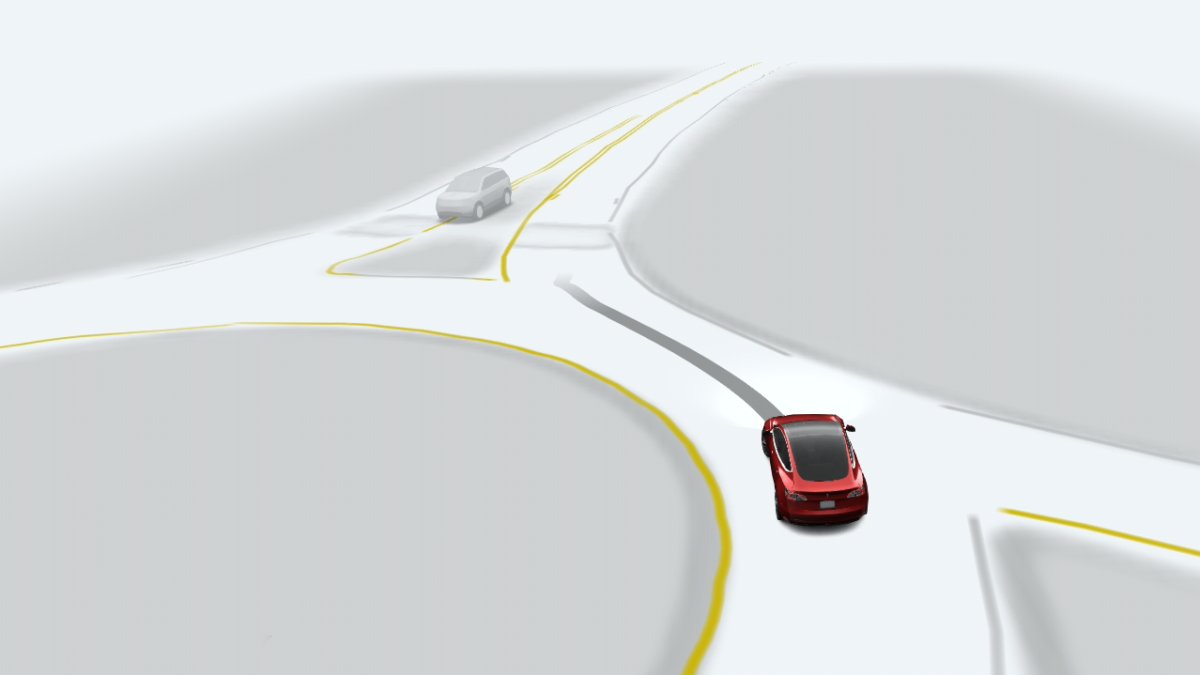
In a flurry of posts on X following the recent sightings of driverless Robotaxis on the streets of Austin, Elon has laid out a fairly detailed roadmap of Tesla’s upcoming changes for FSD in the coming year.
Musk shared details on two distinct new versions of FSD that are currently in development - one of which is coming soon and another that promises another leap in FSD’s abilities.
It’s a new version of software, but will merge to main branch soon.
— Elon Musk (@elonmusk) June 10, 2025
We have a more advanced model in alpha stage that has ~4X the params, but still requires a lot of polishing.
That’s probably ready for deploy in a few months.
FSD Increase Parameters By 4.5x
While the Robotaxis running around Austin are identical to new customer vehicles, they’re not running the same FSD build on customer vehicles. These Robotaxi Model Ys are running a newer FSD build.
While the exact version of FSD is unknown, Musk said that it’ll be released to customers soon. However, more interestingly, he also shared details on a newer version that’s coming next.
The newer version will include a 4.5 times increase in parameters and better memory usage. Earlier this year, Ashok shared details that the [amount of] on-board memory is restricting context size, so these memory improvements presumably allow Tesla to increase the context size in this latest version of FSD.
Musk said that this version will also arrive to customers later this year. This 4.5 times model appears to be in a relatively early alpha stage. This jump in parameters is even larger than the “3X increase” that’s detailed in the Upcoming Improvements of the FSD V13 changelog. Other improvements listed in the FSD v13 changelog were a 3x context length improvement, audio inputs, improvements to reward predictions and false braking, and support for destination options when arriving at the destinations. However, it’s not clear whether any of these others are included.
It’s a new version of software, but will merge to main branch soon.
— Elon Musk (@elonmusk) June 10, 2025
We have a more advanced model in alpha stage that has ~4X the params, but still requires a lot of polishing.
That’s probably ready for deploy in a few months.
What Increased Parameters and Context Length Mean
The increase in parameters allows FSD to understand the world with greater nuance, which in turn means smoother and more human-like decision-making and path planning. It also means FSD will become more capable of handling edge cases or inclement weather, a stressor noted by Tesla’s Executive team during the Q1 2025 Earnings Call.
Increasing the context length allows the vehicle to consider a longer history when making decisions. Context length and responsiveness are closely linked: a shorter context length enables quicker reactions, while a longer context length provides more informed decisions but introduces latency. The context length in terms of FSD is measured in seconds, where the vehicle uses just the past few seconds of video data to make a decision.
Retraining FSD
~4.5X increase in params should be ready for wide release later this year.
— Elon Musk (@elonmusk) June 10, 2025
Super frugal use of memory bandwidth, caching exactly what is needed & squeezing microseconds out of everything are needed to maintain the frame rate.
And the whole system needs to be retrained.
A more powerful AI model requires more computational power, and Elon provided some more insights into what exactly that means for the Tesla AI team. Frugally using memory bandwidth and squeezing every last drop of performance from AI4’s hardware is necessary to maintain its ability to keep up with the environment around it.
Musk says that this new, larger FSD version will require Tesla to retrain FSD from the ground up. Tesla is already planning on expanding its compute nodes with a second Cortex Supercomputer cluster. It takes an astronomical amount of data, time, and energy to train FSD, and with a major update on the horizon, it seems like Tesla has been putting the lion’s share of compute into this new build.
FSD Timeline
Musk laid out a relatively rough timeline for these new FSD improvements. Remember, with all things Elon, two weeks could very well be two months.
Soon: The current, tried and tested build that’s running on Tesla’s Robotaxi fleet in Austin will be merged into the main public FSD (Supervised) build. This build will be the next major build for customers. This could be FSD V13.3. It’ll be a step up, but not as large as the next version.
Late 2025: The new 4.5X parameter model is slated for a wider release several months from now. We’ll tentatively call this FSD V14 - because it sounds like an entirely new version being built from the ground up.
This is a much-needed update from Elon and Tesla on where FSD is headed and when. It’s been more than eight months since the last Autonomy Roadmap in October 2024, even if these updates are encoded in “Elon Time.”
The streets will change very rapidly.
— Elon Musk (@elonmusk) June 10, 2025
Autonomous cars will be very common throughout the world in 2 to 3 years.
Licensing FSD
Elon also touched on the ultimate goals and the long-term business plan for FSD. With FSD already being considerably safer than the average human driver, alongside its superhuman reflexes and precision, Tesla will be well-positioned to license FSD.
Tesla AI/Autopilot could probably beat the best human around a track already.
— Elon Musk (@elonmusk) June 10, 2025
Eventually, it really won’t be a contest at all. Human reflexes cannot match machines.
As FSD and the Robotaxi network become widespread and other autonomy solutions fail to materialize in a financially prudent fashion, other companies will naturally turn to Tesla for autonomy.
It’s Tesla’s golden moment to do all it can to implement the dream that it’s been striving for for over a decade.
With a new FSD version on its way to customers and a fully rebuilt version on the horizon, there’s a lot for everyone to look forward to.











